#nasa | Discovered from 7 potentially habitable earth-like planets within a single system
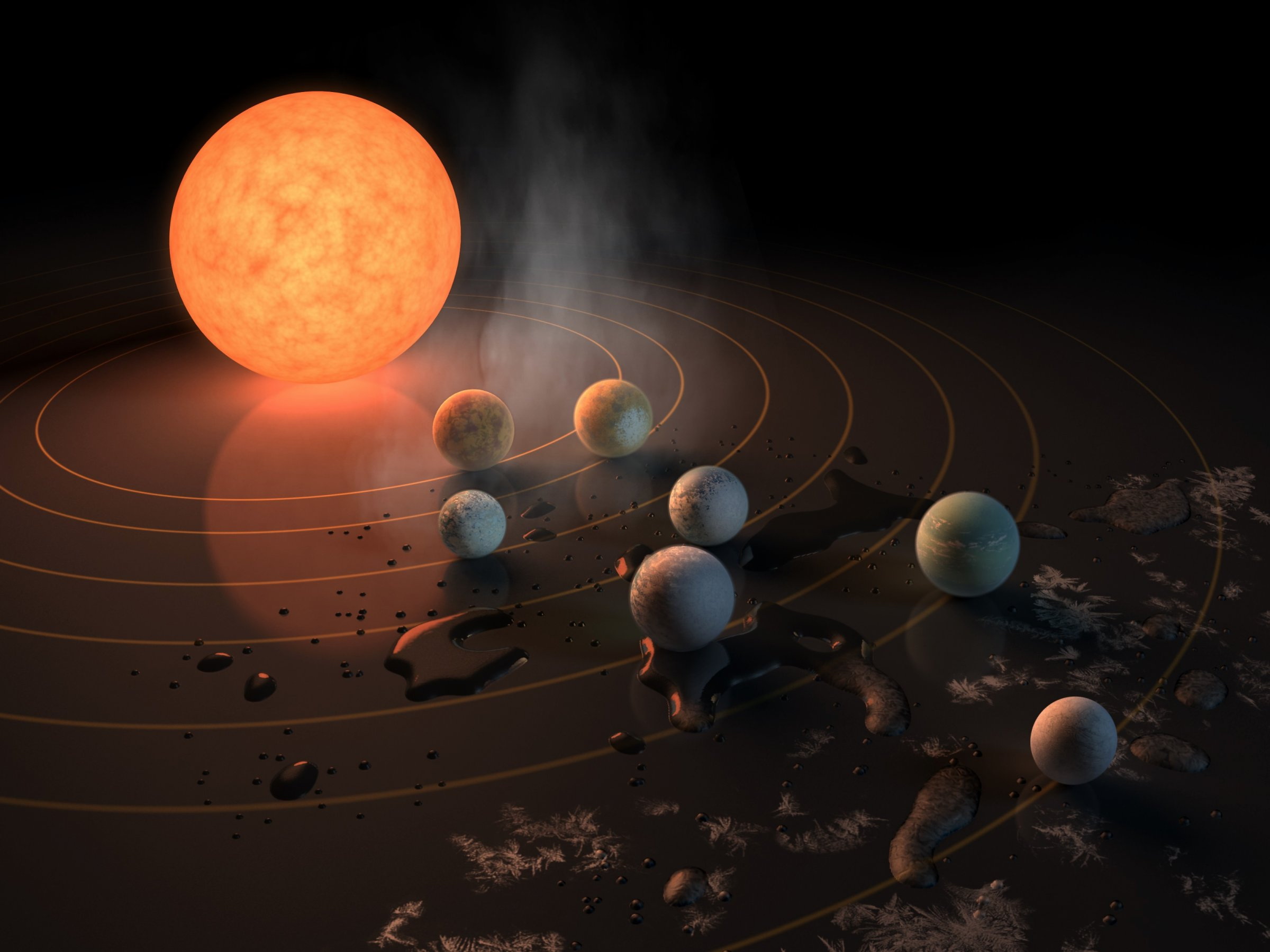 Source:
Source:
Less than a year ago, astronomers announced a surprising discovery. They found three earth-like planets orbiting small, dim red dwarf. However, as it turned out, the first discovery scientists have "missed" a few available in this system of worlds. And this is what most likely will be discussed at a press conference today NASA. At least this is suggested by the article published in Business Insider Indonesia, as well as a number of publications, including an analysis of astrobiology and former employee of the Agency Keith Kawinga published in .
the
an Amazing discovery
Sources report that astronomers have discovered seven samplemodeling rocky planets near the star TRAPPIST-1 – "zwergholdrio" red dwarf located about 39 light-years away in the constellation of Aquarius. A total of thirty researchers from around the world reported a new discovery in the journal Nature this Tuesday. And joy of scientists about this discovery lies not only in the number of discovered worlds.
The fact that each of these seven planets in the so-called Goldilocks – or habitable zone of stars – the region of space where the conditions correspond to the planets could have water in liquid form. Moreover, four of the seven planets, according to scientists in General, it is possible to write in candidates of worlds capable of supporting life.
"This is the first case where we find the seven exoplanets inside the habitable zone of one star" — said Michael Gillan, co-author of published research in the journal Nature, astronomer from the University of liège, Belgium.
According to the researchers, this discovery is quite able to have a serious impact on the search for extraterrestrial life outside the Solar system.
the size of the planets and their orbits around the star TRAPPIST-1 in comparison with the planets of our Solar system
Discovered the star TRAPPIST-1 exoplanet, called the TRAPPIST-1b, 1c, 1d, 1e, 1f, 1g, and 1h, its size was relatively smaller than the sizes of our planets.
"If you put star TRAPPIST-1 in place of our Sun, all the seven planets can fit inside the radius of the orbit of our mercury" — commented Emmanuel Jachin, another co-author of published work from the University of liège, Belgium.
In any other case, it automatically puts into question the potential habitability of these planets, but the star of the TRAPPIST-1 half colder than our Sun. However, as they note, if one of these planets is very close to a red dwarf, it is likely that she will receive the same amount of energy which the Earth receives, which is 150 000 000 kilometres from the Sun.
According to Amory Trio, an astronomer from the Cambridge Institute of astronomy and another of the author's published work, it is difficult to say – lucky team of scientists in this amazing opening from the seven earth-like planets, or is this system really can meet regularly in the observable Universe. Anyway, according to astronomers, this discovery has the potential to seriously increase our chances that mankind is not alone in the milky Way, not to mention other parts of the Universe.
This can be Explained by the fact that according to statistics on the 100-400 billion stars in just our galaxy "from 30 to 50 percent," falls on the star class red dwarfs, says the Trio. This makes this class the most common stars in our galaxy. For comparison, among all detected stars, the sun-on type, that is, the class yellow dwarf, accounts for only about 10 percent.
"I think we made an important step forward in the discovery of extraterrestrial life" — said Trio in a brief interview with Business Insider.
"I don't think we were looking at the correct exoplanets. [...] If we discovered seven planets could evolve life, is able to present at least some kind of signal of their presence, we this signal will definitely find them."
Another potential target for examination, recall, is the star Proxima Centauri, a red dwarf located just 4.24 light years away from us. Yes, this is much closer than the location TRAAPIST-1, however , but rather on discovered near it at least one planet – Proxima b – reduces the chances of success discoveries in her life. And yet the planet is of great interest of scientists and its atmosphere at the time will learn, for example, a new space telescope NASA the James Webb (JWST).
theTRAPPIST-1 — the home of extraterrestrial life?
Illustration of how this can look like the surface of the planet TRAPPIST-1f, located 39 light years from Earth
Since the discovery of the first exoplanet outside the Solar system 25 years ago, scientists do not abandon the idea that life can be not so rare thing in our Universe. If it is reasonable or no, dangerous or friendly, like us or not is a separate issue for a separate article.
Used in astronomy the transit method of finding exoplanets — when a planet passes in front of its star and the amount of light captured by our telescopes is dramatically reduced, indicating the presence of near this star the likely planets have shown us that only one in our galaxy can contain trillions of different planets.
Gillan and his colleagues used the same technique for the detection of seven new worlds. The first three planets were found by ground-based telescopes. In the new study, using NASA's space telescope "Spitzer", it was discovered four more planets. And as mentioned above, the interest of this discovery fueled by the fact that the most common class of stars, far colder than our Sun, is still able to provide enough heat to keep existing near such stars the planets water in the liquid state. And this ultimately leads to the fact that the atmosphere of these planets may be similar to our earth.
"it Is likely that their atmosphere is very similar to the atmosphere of the Earth or Venus. Although of course nobody can exclude the possibility that they have a completely different atmosphere, not like our" — commented on Gillan.
Studies show that the diameters and weights of each of the seven planets, given how much star light TRAPPIST-1 if they block transit transit, fit the description of rocky worlds. And this in turn may indicate the probability of the existence on these planets of water, either as ice or as much as the liquid oceans.
Seven TRAPPIST exoplanets system-1 (top) and four planets in the Solar system (bottom)
And still no promises that these planets definitely have a life. Too many factors can prevent it. One of them, for example, can be a severe space weather (frequent stellar flares and coronal mass ejections) that can literally blow away with them all my life. And those who are not blown away, will finish the highly charged radioactive particles. Unfortunately, the class of red dwarfs than other types of stars are most committed to such wayward behaviour.
The Study also suggests that the planet is likely to have an orbital resonance. Some of them may in the manner of Jupiter to have satellites, and some do have synchronous rotation with the star and is constantly turned to her one side only. But that doesn't necessarily immediately mean that the planets in General can not be no life.
Gillan notes that for red dwarfs star TRAPPIST-1 is "very calm" and not behaving too actively for this class. In addition, according to the scientist, orbital resonance and tidal capture may even be useful in this case.
"This may mean that the core planets receive more heat and thereby able to start the process is required anyway eventually for the emergence and maintenance of life."
This heat contributes to the melting of ice and turning it into liquid, which then evaporates and with the support of such phenomena as volcanism, will go into a gaseous state, not only forming thereby the atmosphere of the planet, but also creating conditions for the emergence of elements necessary for life.
theWhat next?
Schematic illustration of how a planetary system looks TRAPPIST-1 (top view). The planet is marked by markers 1b-1h
Gillan notes that the opening of the seven planets in the star system TRAPPIST-1 is only the beginning of their work. In the future, scientists hope to use infrared space telescope JWST to look inside the atmospheres of those planets and try to figure out how much it may contain oxygen, ozone and other gases.
"the Oxygen produced in photosynthesis water on planets rich in this liquid substance. It is the presence of certain molecules can tell us about how a planet might be habitable. To think until we are. You'll see" — not without enthusiasm says Gillon.
Even if the system is TRAPPIST-1 can someone seem completely lifeless, it does not mean that it is not the place where you should be looking for extraterrestrial life.
"Could at least one of these planets do to be a home for life? We do not know" — says Ignas A. G. Snellen, a researcher from Leiden University who have not participated in this work, but made her review for the journal Nature and written for her ... ...
Recommended
The Americans on the moon: what everyone should know?
the Upcoming cosmonautics day is my favorite holiday. It marks the triumph of the human mind: in just four thousand years Homo Sapiens went from hunter-gatherers to space explorers. 12 April 1961 Soviet cosmonaut Yuri Gagarin became the first man in ...
Why are some galaxies spiral shaped?
you Know what surprised me the most? The fact that we perceive the surrounding world as it is. Animals, plants, the laws of physics and the cosmos are perceived by many people as something so mundane and boring that they invent fairies, ghosts, monst...
Astronomers were able to see the death of another star system
In the cosmic ocean drifts a lot of mysteries about the existence of which we are unaware. One of these was uncovered five years ago, when astronomers have discovered a lonely star at a distance of 570 light years from Earth, the brightness of which ...
Related News
The launch of manned spacecraft "Soyuz MS-04" to the ISS is scheduled for April 20
the orbit will depart the astronaut «Roskosmos» Fyodor Yurchikhin and NASA astronaut Jack Fischer. Despite the fact that the ship is designed for three people, this time, as in subsequent, the manned transport spaceship ...
#video of the day | the Incredibly beautiful flight over the surface of Mars
For decades, the Red planet is a tasty morsel for the earth scientists. We all deep down dream one day to go , but so far his vast expanses of plowed only a single Rover . From orbit the planet is regularly photographed several re...
#photo of the day | the Space telescope "Hubble" captures the death of a star
named after the famous astronomer Edwin Powell Hubble, in 27 years of its existence has seen a huge amount of life in the universe. Each photo can be safely printed out and hung on the wall in a beautiful frame. Another amazing p...
Yapet: the strangest moon in the Solar system
In 1671, Giovanni Cassini stared through a telescope at Saturn and discovered a series of incredible miracles: the famous gap in its rings, the cloud bands in the atmosphere and more satellites. The second discovered moon of Satur...
#video | Company Blue Origin has shown how to fly and land its rockets "New Glenn"
just today Jeff Bezos, the head of the aerospace company Blue Origin, on his page on "Twitter" fully assembled rocket engine BE-4, which the company intends to use its new launch vehicle "New Glenn". That Bezos decided not to stay...
#photo of the day | Pictures of Saturn's rings, made as close to
it is sad, but the life of the spacecraft is about to end. Once started in 1997, it became part of the space program "Cassini-Huygens", aimed at the study , its rings and satellites. The last phase of life of the device, dubbed "t...
#photos | New pictures of Saturn's moon confirmed that he looks like a dumpling
This amazing inner satellite of Saturn was discovered in 1990 by mark Showalter in the analysis of images of the gas giant. First, the satellite has been given the working name of S/1981 S 13, but in September 1991 was renamed the...
Stephen Hawking is going into space
Stephen Hawking, one of the world's most famous physicist and cosmologist, said that he was going into space and will do this, thanks to the Virgin group (and a shred of modern technology). Even in 2015, sir Richard Branson, found...
Do people need to upgrade their body to survive on Mars?
to Live and dig in the space — especially on Mars — that for many years attracts our kind. Recently, SpaceX founder Elon Musk decided to put a very large sum of money to colonize the Red planet. NASA also likes to boast of his upc...
Perhaps SpaceX will no longer throw missiles
SpaceX was supposed to launch the Falcon 9 early last week, but because of the wind the launch was postponed. The second attempt was a success. Shortly after launch on Thursday, SpaceX announced that the EchoStar XXIII steadily mo...
Another team of scientists: "Pluto is a planet, like Jupiter's moon Europa"
Kirby Runyon Scientist from Johns Hopkins has something to prove: regardless of what there claims Pluto is a planet. And Europe, he says, the famous moon of Jupiter, like the Earth satellite the Moon, as more than 100 other celest...
The spacecraft will be built by 2021
the Head of RKK «Energy» Vladimir Solntsev said in an interview with journalists of RIA «news» that within four years the first space craft «Federation» will be completely ready to fly. the sun repo...
The budget reduced NASA: missions to Europe and to redirect the asteroid will not be
the Presidential plans of Donald trump regarding the NASA budget is now known, and now it seems that the us space Agency will not face such extreme cuts like other Federal agencies, States next year. NASA will receive $ 19.1 billi...
NASA astronomers would like to turn the Sun into a giant space telescope
NASA Astronomers try to look further and further into the Universe, and therefore they need large and powerful telescopes. And that is why a team of experts from the jet propulsion Laboratory (JPL) proposed the idea of using the l...
Astronomers are watching a crazy dance between a star and a black hole
Astronomers now watching a distant star circling in a deadly dance around a large black hole. The distance between the objects is only approximately 2.5 times the distance between Earth and the Moon. Being so close to one of the d...
He-who-can, but should: SpaceX and the prospects of colonization of Mars
Today we're looking at on the floating platform. Tomorrow we look out the window of the Mars dome (will it have Windows?), to admire . Between today and tomorrow — gap length... theoretically 10 to 20 years. Almost of the progress...
Today, March 14, Roscosmos began the selection of candidates in cosmonauts, writes TASS. They will fly to the moon. The squad will be selected citizens of the Russian Federation under 35 years of age, applicants must have a Univer...
In China opened to tourists, the largest radio telescope in the world
As reported by the news Agency «Xinhua», in Guizhou province, in southwest China, opened its doors to all comers, the world's largest radio telescope, the Five hundred meter Aperture Spherical Telescope (FAST or abbrevia...
NASA found the lost 8 years ago, the Indian lunar Orbiter
from time to Time launched the spacecraft losing contact with the Ground, and in most such cases, such events are the latest Chapter in their history. However, in recent years, space Agency NASA shows a fairly high level of effici...
A strange experiment that can provide future Martians tomatoes
fish tank filled with urine, that's the first thing you see coming in a close Cabinet of Jens Haulage in the German space Agency DLR, near Cologne. It sits on a shelf at his table, surrounded by academic books, diagrams and resear...



















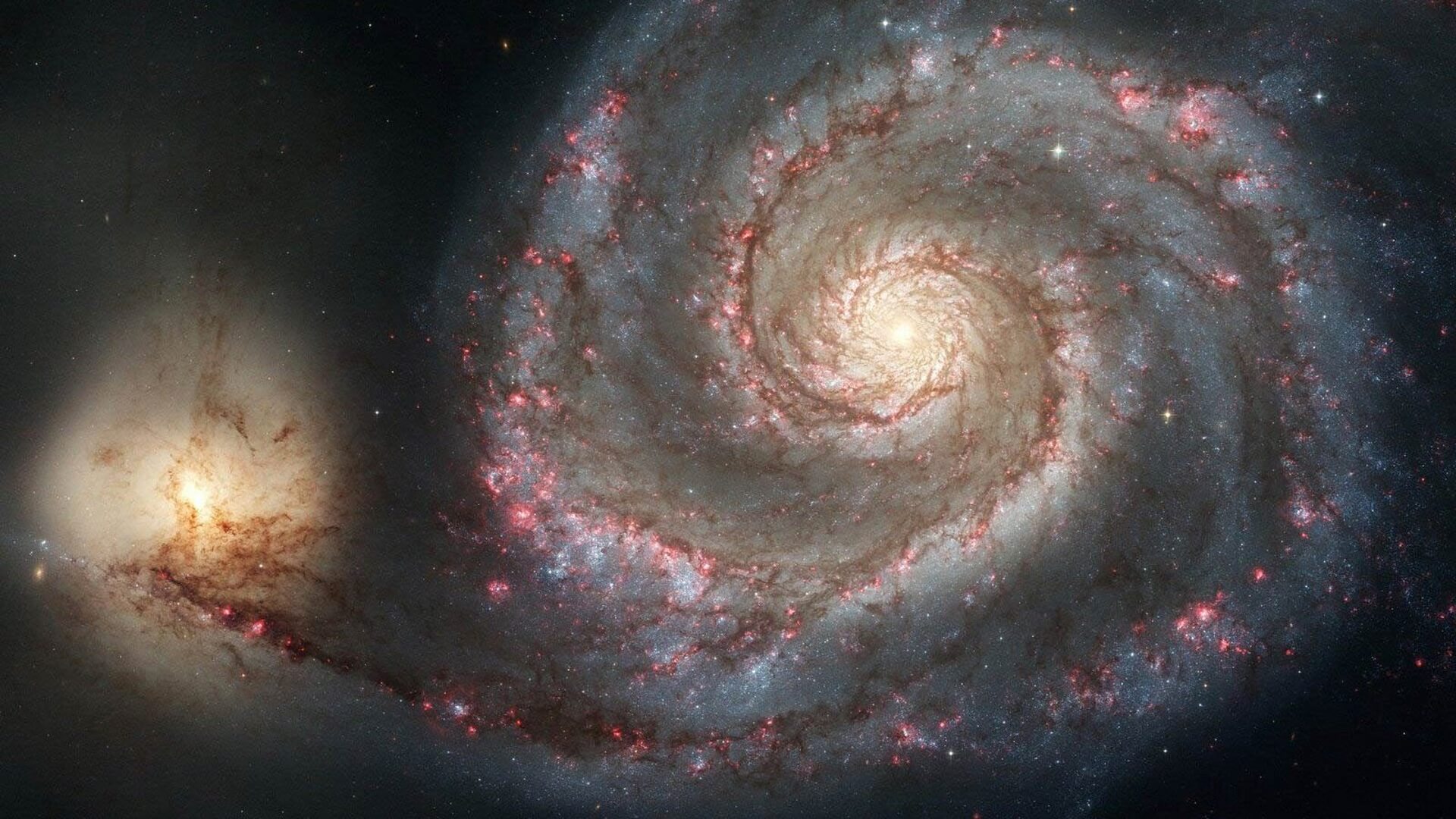
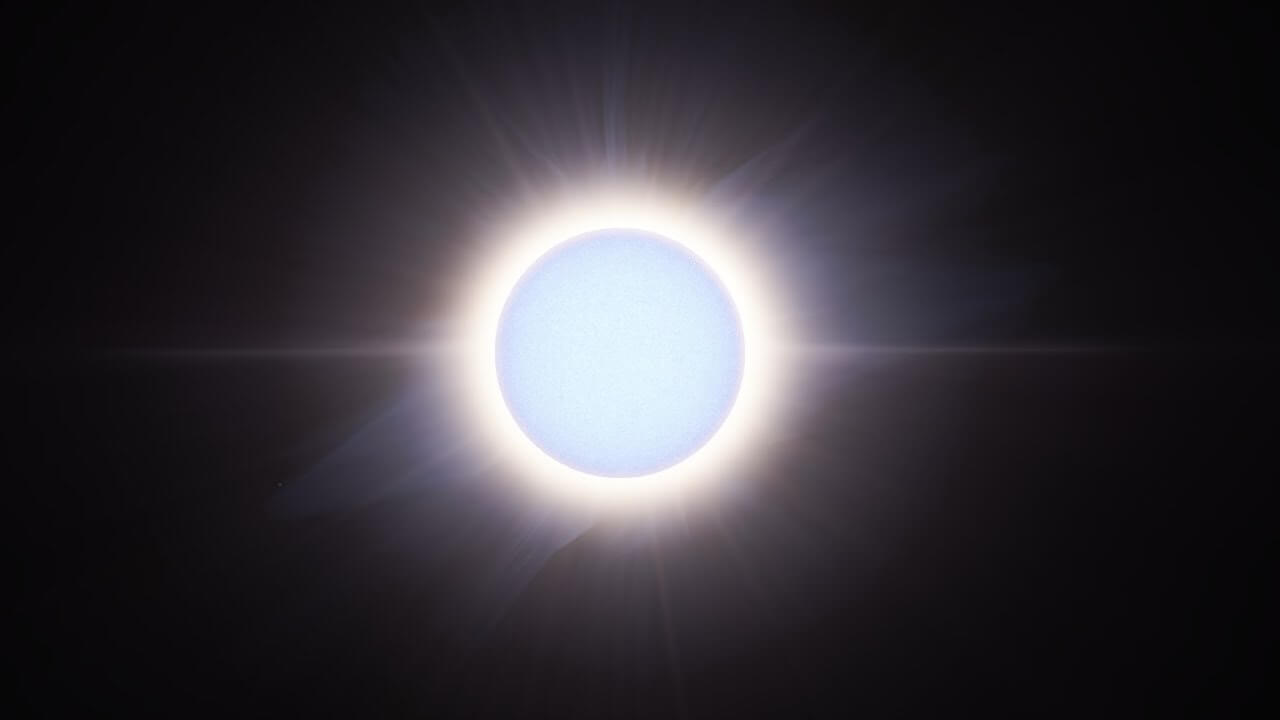

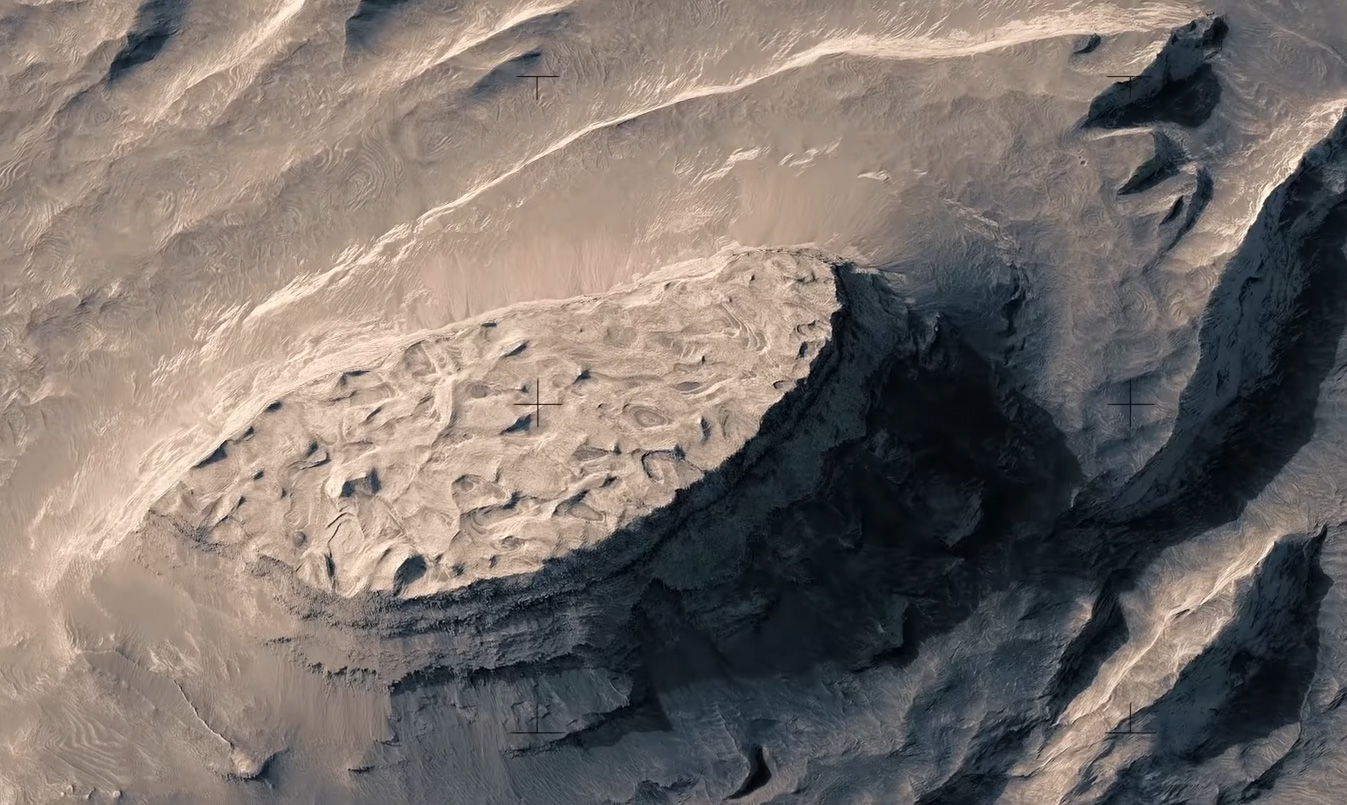
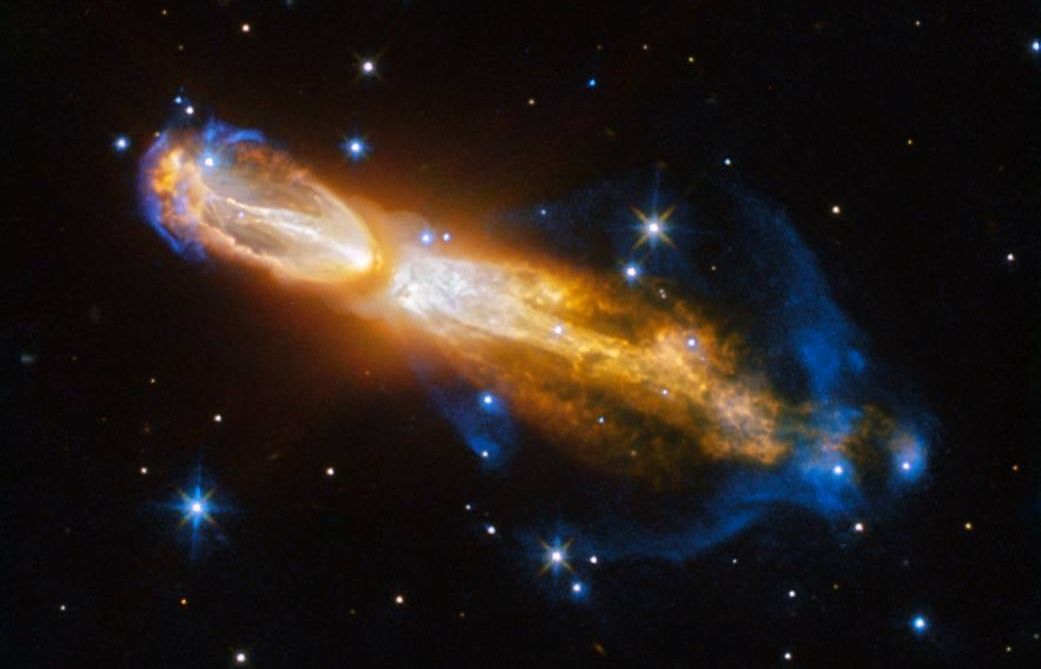
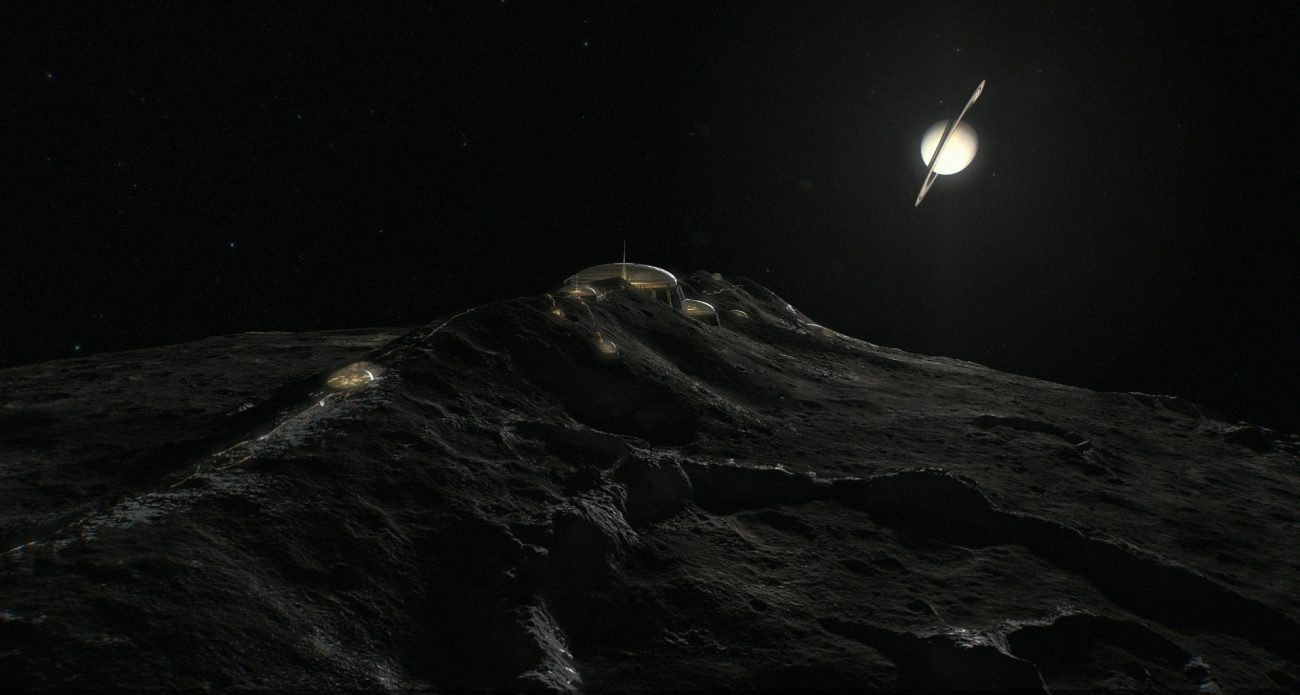
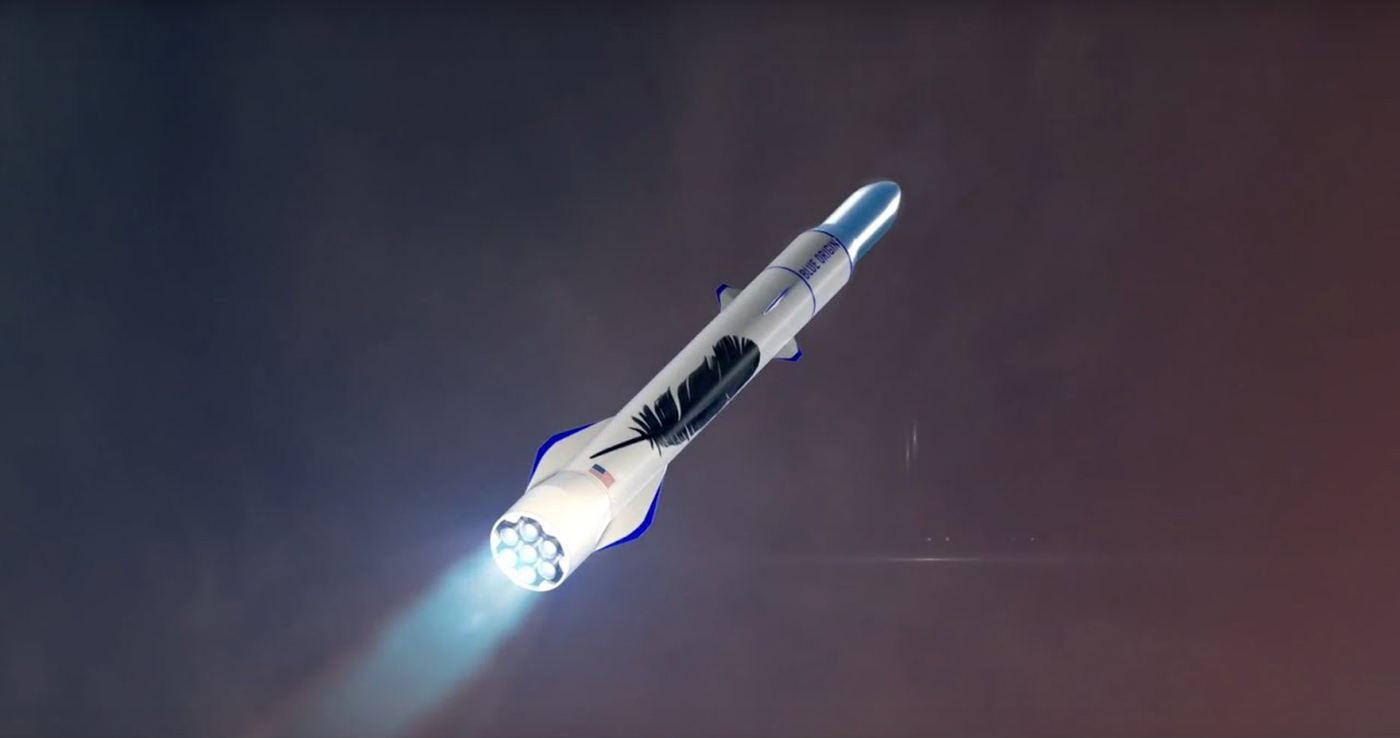

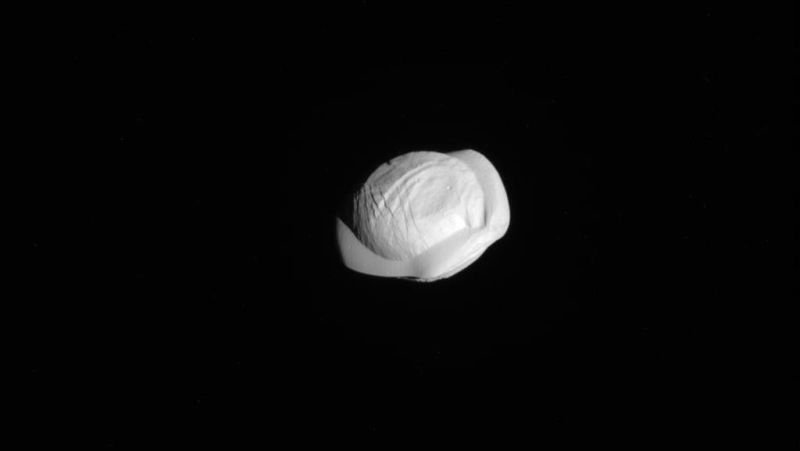

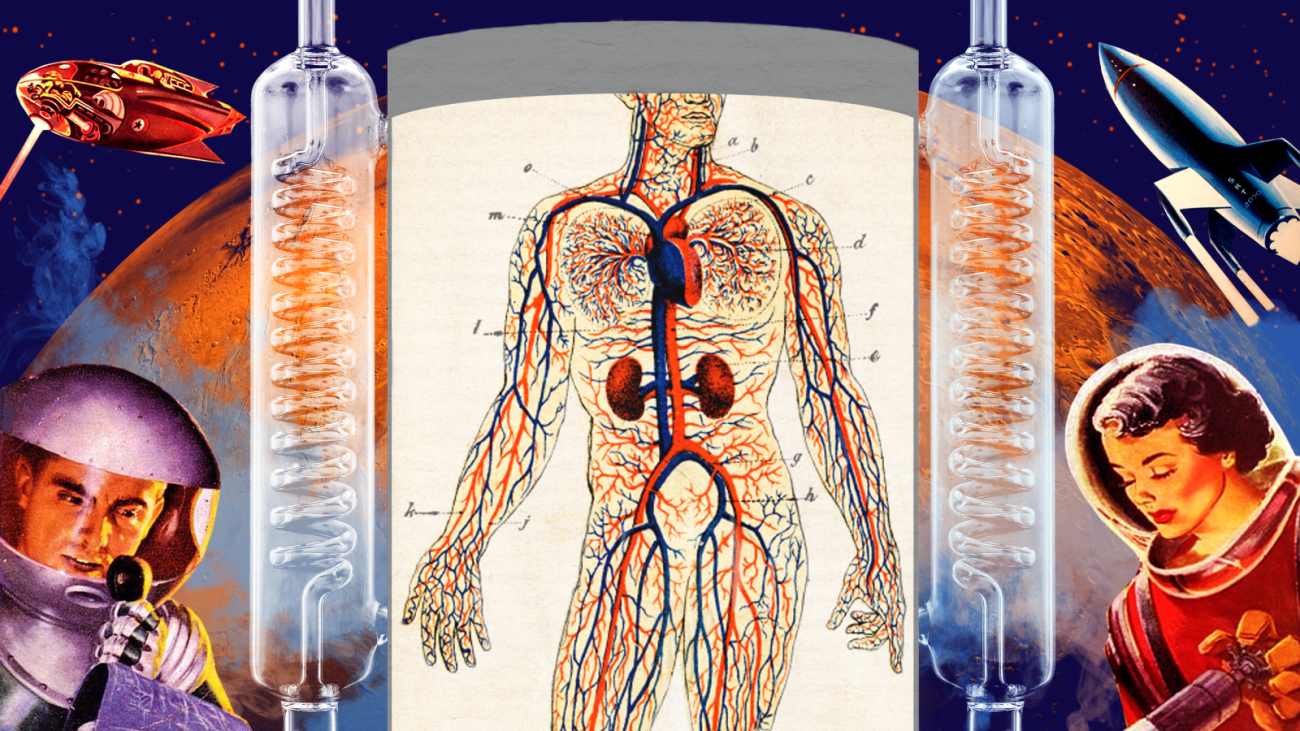
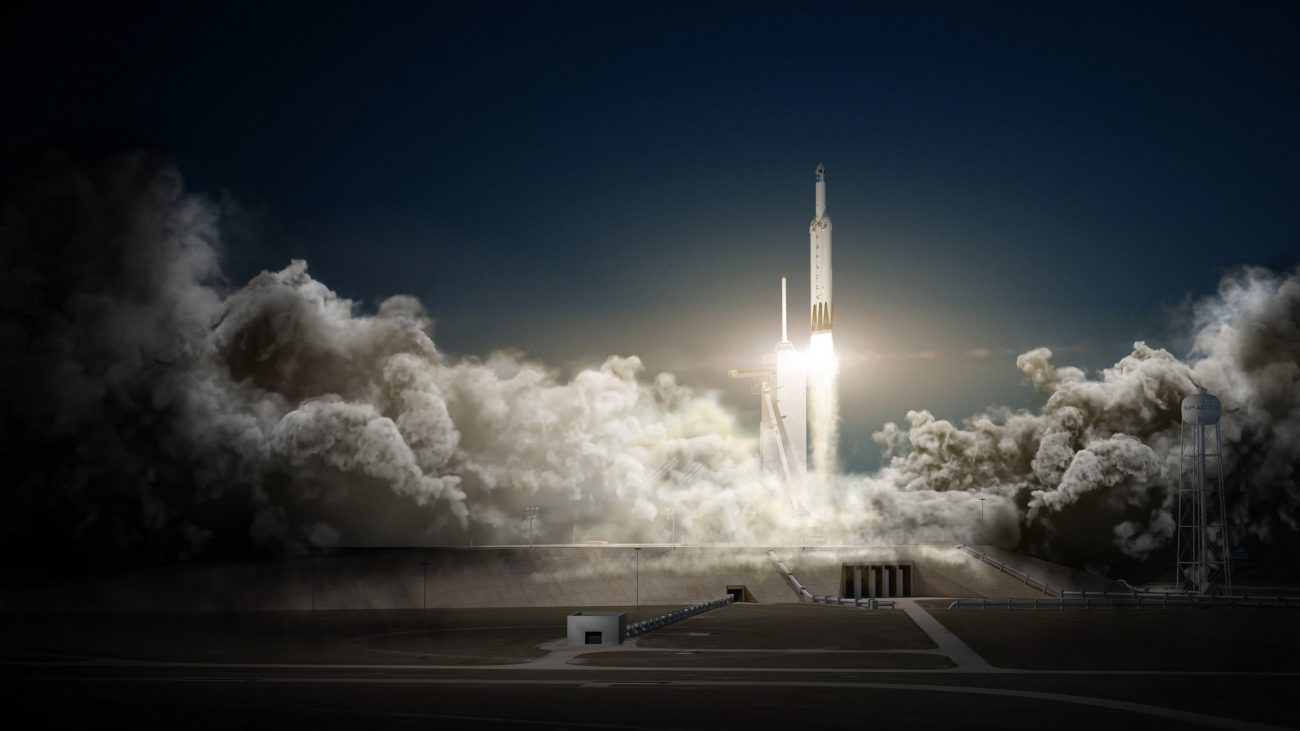
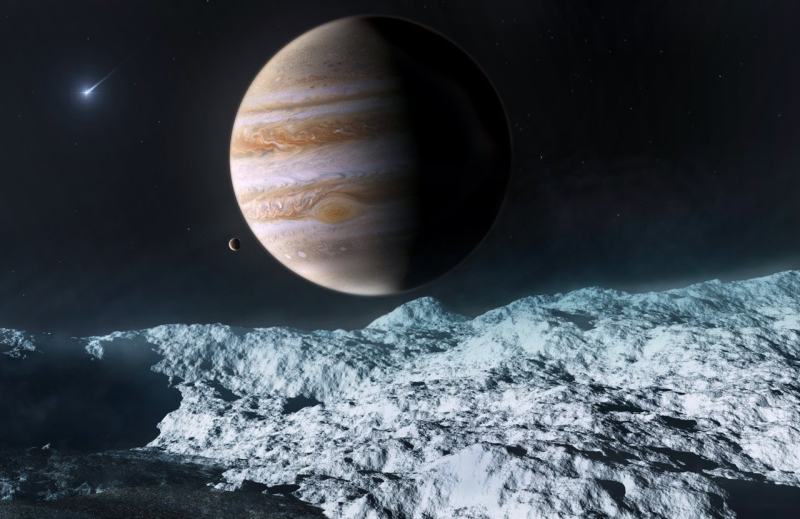
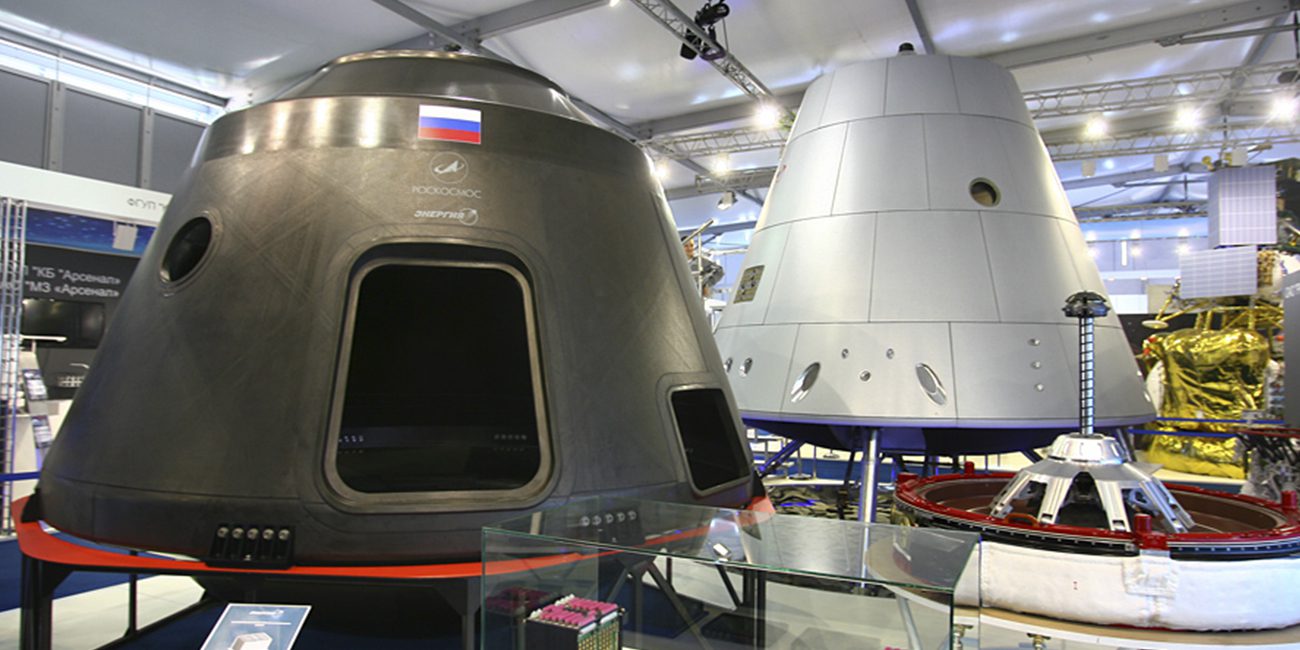
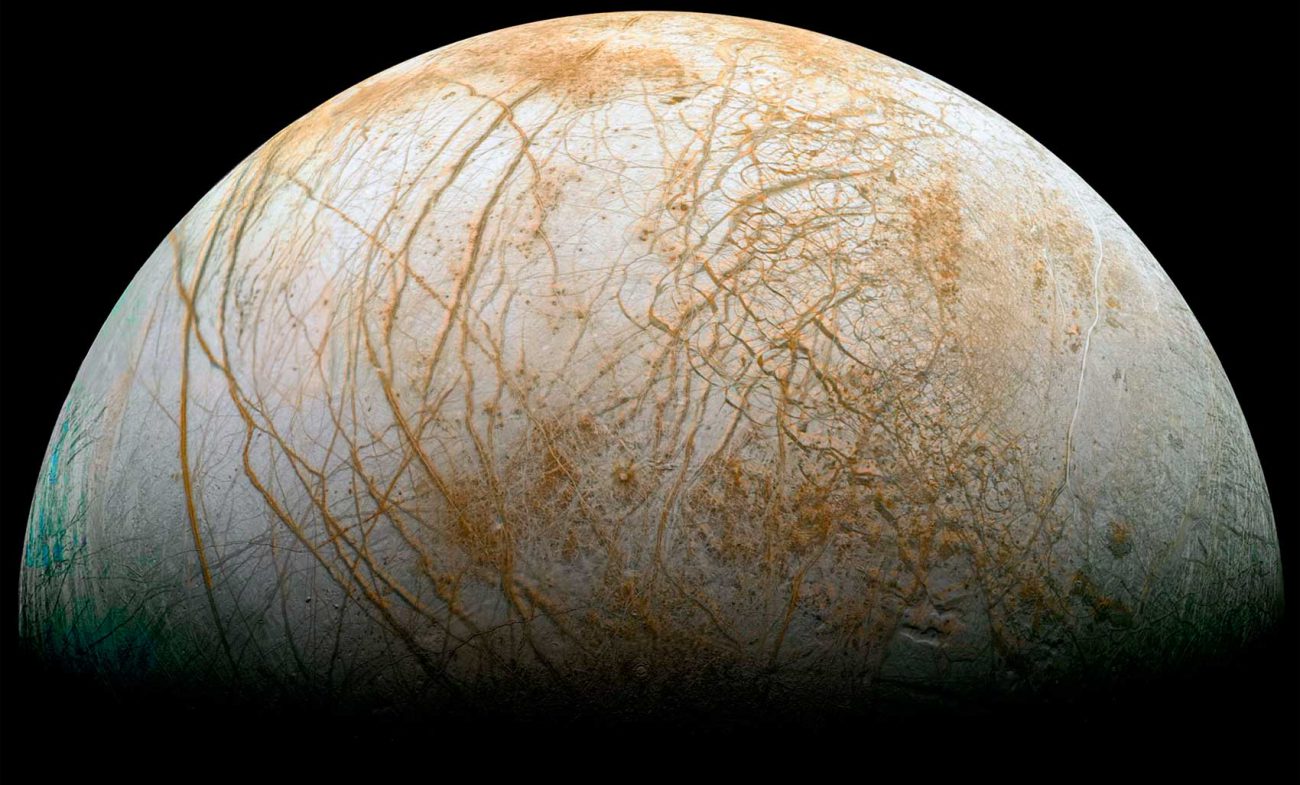
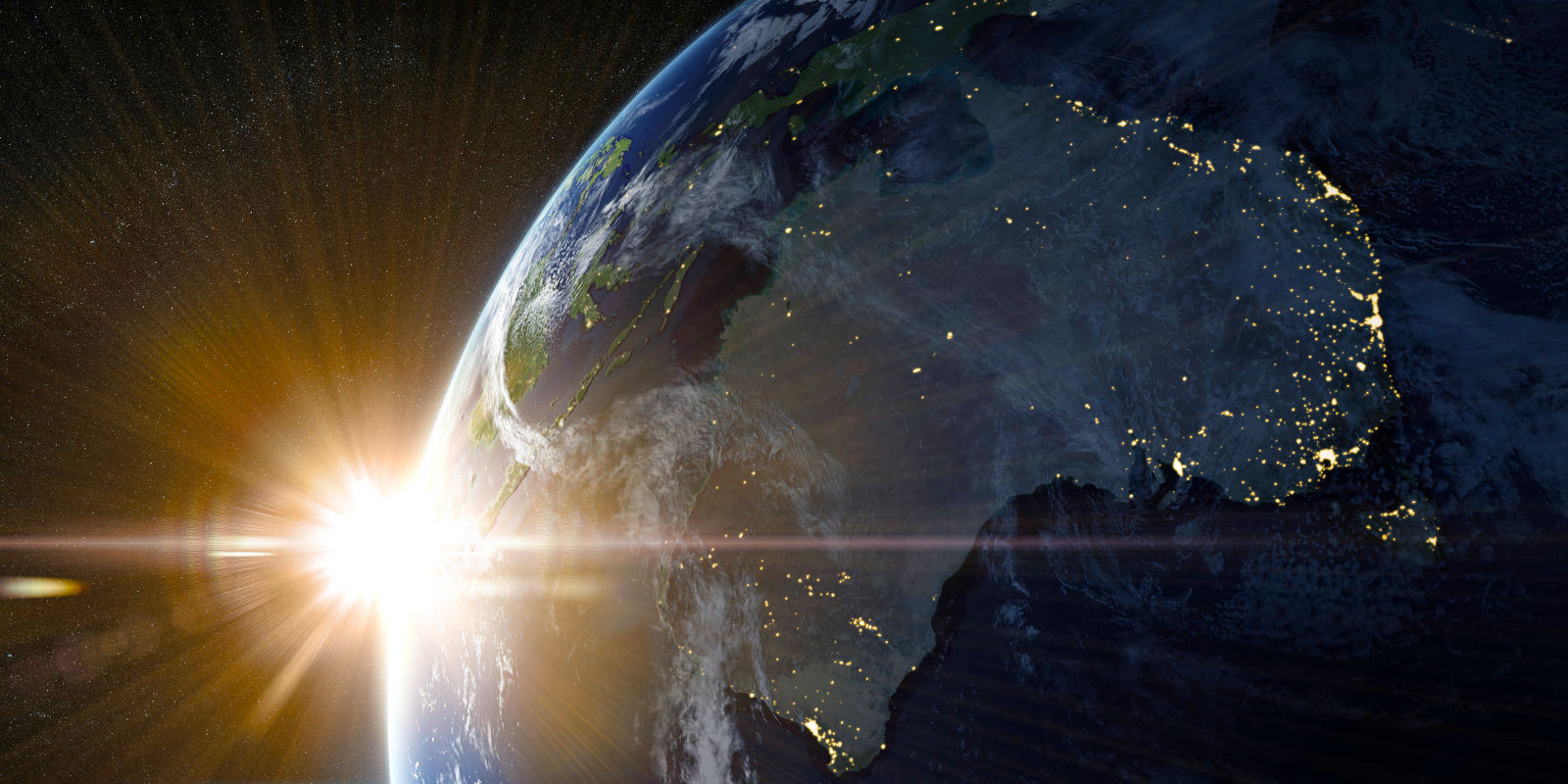
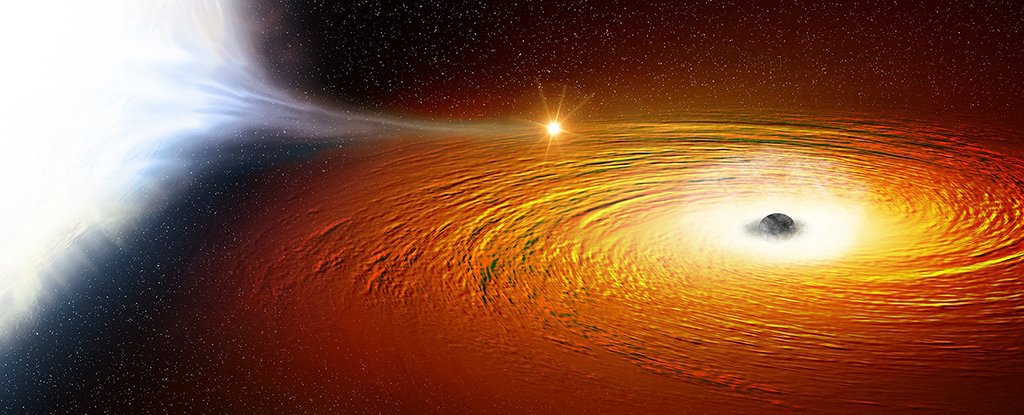
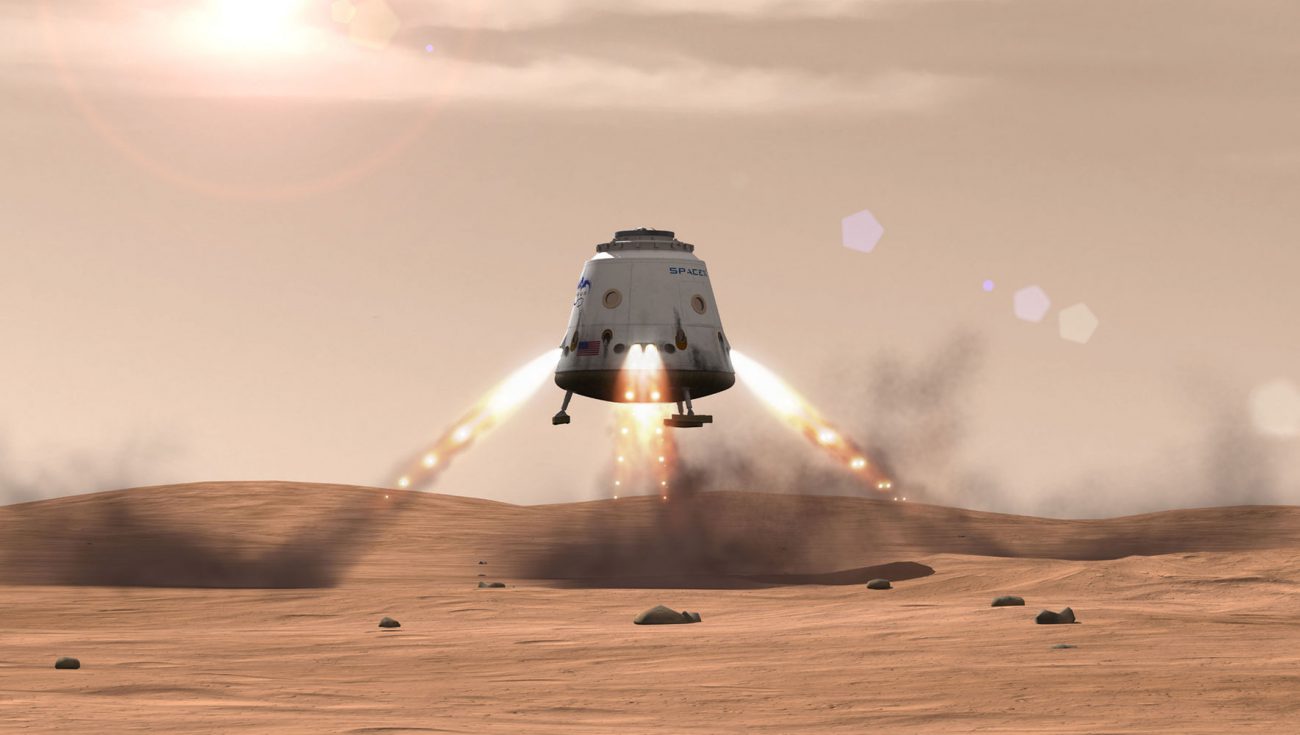
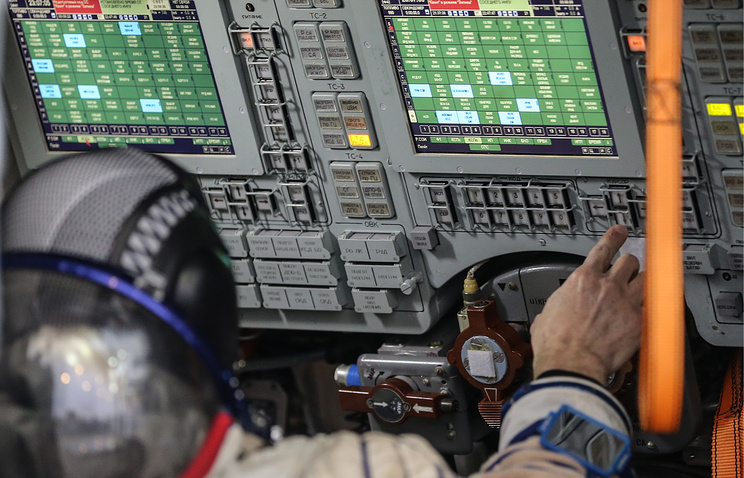
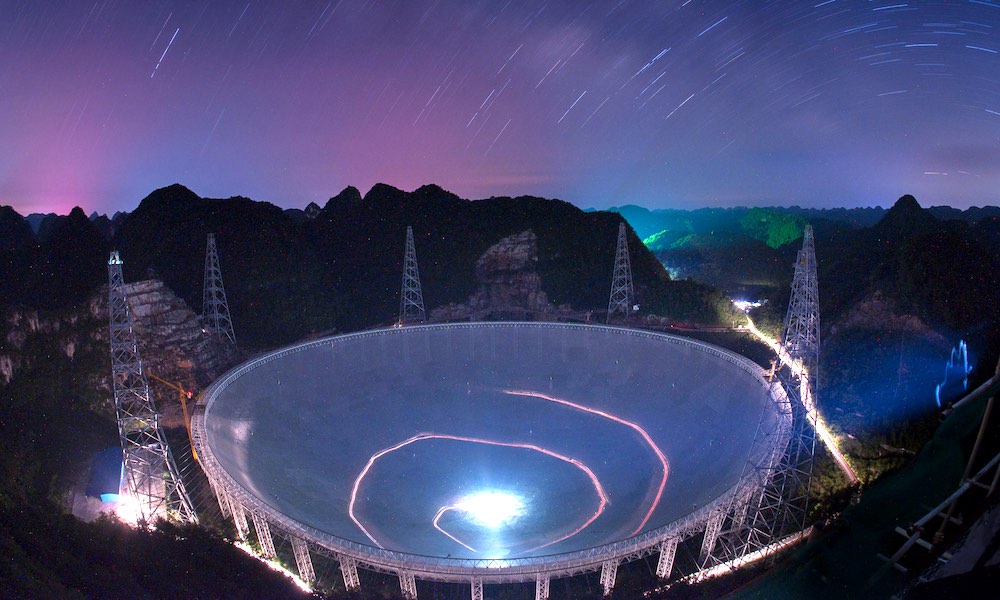
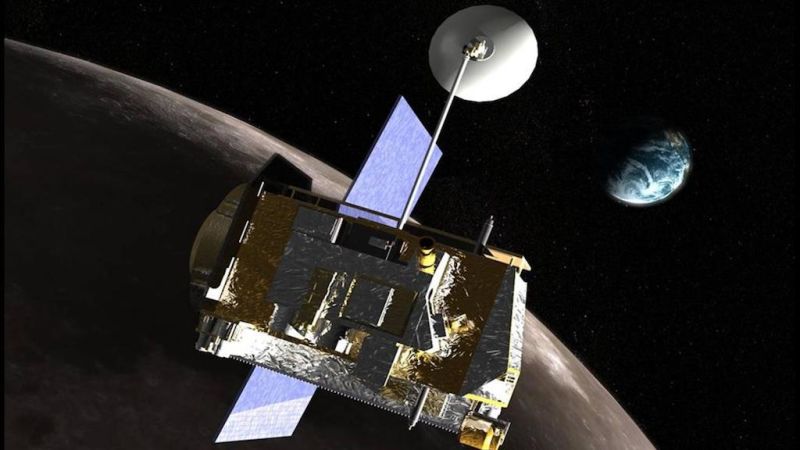

Comments (0)
This article has no comment, be the first!